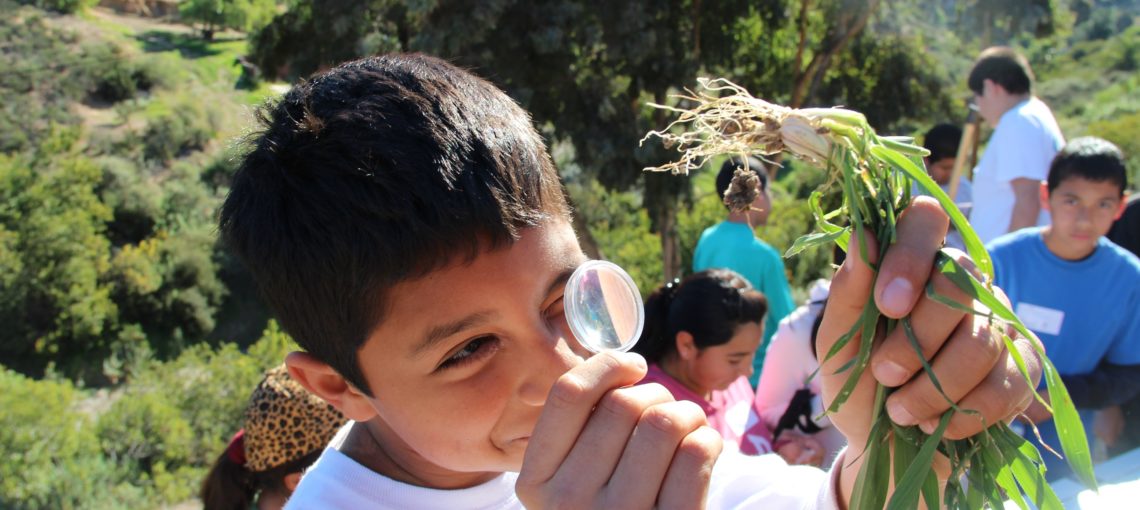Watershed Avengers
This project aimed to integrate strong cross-sector collaboration and capacity building, education provided through-out the year, restoration of a highly degraded canyon, enhancement of a school garden, and youth-led events that mobilized volunteers to learn about and contribute to restoration efforts. Combined, these components were meant to result in the engagement of the non-traditional environmental … Continued


